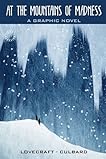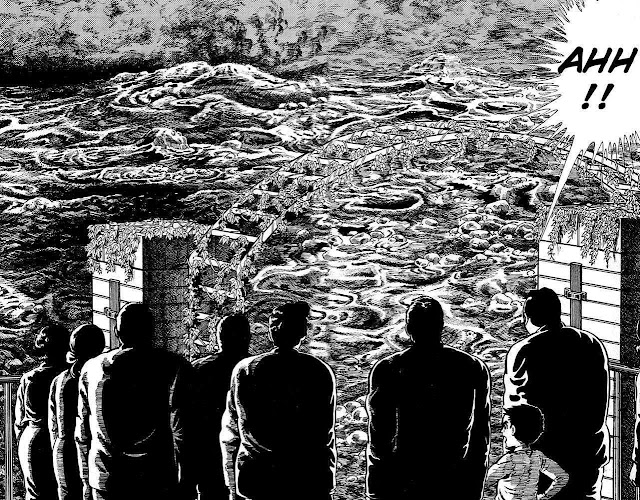 Next
Next by
James Hynes
My rating:
3 of 5 stars
According to one study, American males think about sex every fifty-two seconds.
Kevin Quinn, the protagonist of Hynes' novel, is taking up the slack for those fellow American males who do not hold up their end of the statistic. Quinn is a lifelong Ann Arborite, with a series of failed relationships to his credit and a not very prestigious job as the editor of an academic journal. When the novel opens he is flying on June 7th to Austin, Texas, for a job interview at a company whose actual business he does not fully understand. Since six European cities saw terrorists attacks the day before -- a day already dubbed 666 -- he is thinking about ground to air missiles -- and the leggy, attractive Asian girl reading
Joy Luck Clubin the seat next to him.
The pilot announces that Austin at 9:00 AM is a "balmy 86 degrees." What this will mean for Quinn, overdressed for his interview that is not until two in the afternoon, is that as the day goes on he will be under a broiler, an intense heat to which the consistently young, fit Austinites seem strangely impervious. Quinn has turned fifty. This is a novel of midlife crisis.
Quinn is at loose ends in an sweltering unknown city, thinking obsessively about his current and previous committed relationships and worried that the younger woman he lives with now wants to get pregnant. If he gets the job in Austin he plans to leave her. He is also obsessing about Joy Luck Club, the only name he knows to give the woman from the plane. He improbably runs into her in downtown Austin and more or less stalks her for 100 pages. Later there is a fortyish, Latina thoracic surgeon he spends time with, all this time running over in his mind details of his past and possible scenarios for his future.
The author, James Hynes, lives in Austin, and for as much as I know of the downtown area his geography is pretty accurate. The office tower where Quinn's interview will be held is imaginary, but the downtown area is a mixture of the "Keep Austin Weird" school of urban development surrounded by a new growth of mixed-use highrises that rings true. Hynes calls Starbucks by name, but he rechristens Whole Foods, a giant emporium of health and indulgence, as Gaia Market. It's funny, but I wondered why he felt compelled to do so. Later he places a Neiman Marcus Last Call store exactly where I remember it.
Given the trajectory of the narrative, I feel churlish saying that after about 200 pages I began to get tired of Kevin Quinn. Admittedly he has a great deal on his mind, but his self-absorption is so complete that he misses a major plot development while remembering having sex on a porch railing at a party almost thirty years before. Even his African cab driver is furious with him.
But who says you have to like a main character from beginning to end of a novel. Scene by scene, Hynes' novel is fully realized, comic and excruciating by terms. Given the set up, it would not be much of a spoiler to describe the final chapter -- you know where this is heading. But Hynes' presents matters realistically and void of melodrama. He even gives Quinn an eight page, Molly Bloom monologue that brings him back into the fold of sympathetic, protagonists.
View all my reviews
 The Drifting Classroom, Vol. 4 by Kazuo Umezu
The Drifting Classroom, Vol. 4 by Kazuo Umezu
















